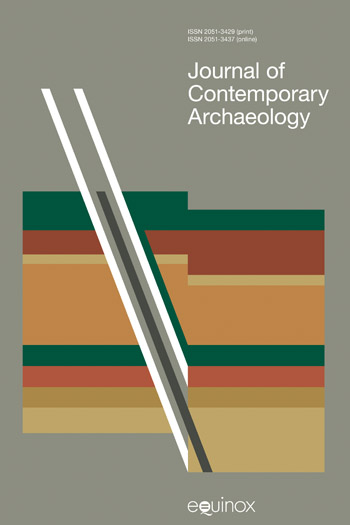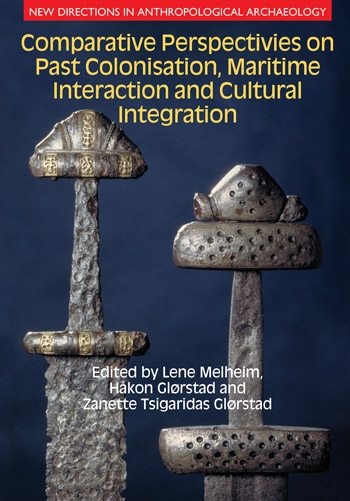Reviews
Moving is a keyword for this timely collection of papers: The authors focus on people and their things moving through landscapes and material culture as symbols of movement and barriers. Some of the papers also emphasize a need to move the discourse of forced migration. Furthermore, the papers in this book contribute to move the scope of archaeology by documenting how archaeological methodology is highly favourable to the study of ongoing processes in addition to past phenomena. Lastly, these papers are also moving in a different sense; it is emotional to read about migrant deaths, a child drawing floating bodies, orange lifejackets spread along the shore, and people searching for a permanent situation. The New Nomadic Age provides detailed and diverse perspectives on moving in all these senses of the word and is a highly recommended read.Archäologische Informationen
An incredible transdisciplinary and transcultural study of the global phenomenon of migration, the collected texts cover a wide range of political, cultural, and geographical sites and subjects, bringing together essays, documents, and photographs from such places as Mexico, the US, Finland, Palestine, Syria, India and Pakistan, and Australia. The contributors tackle complex topics such as “surveilling surveillance,” the drawings and gardens of refugees, the relationship between belonging and belongings, and more. The book also interrogates our complicity in how the migrant is often perceived as either a threat or a figure lacking agency, transforming these toxic misconceptions by foregrounding the migrant-refugee experience—and the inclusion is devastating. Timely, and an interdisciplinary prototype, this text should be necessary reading for curators, editors, and educators.
Artforum (Best Books of 2019)








